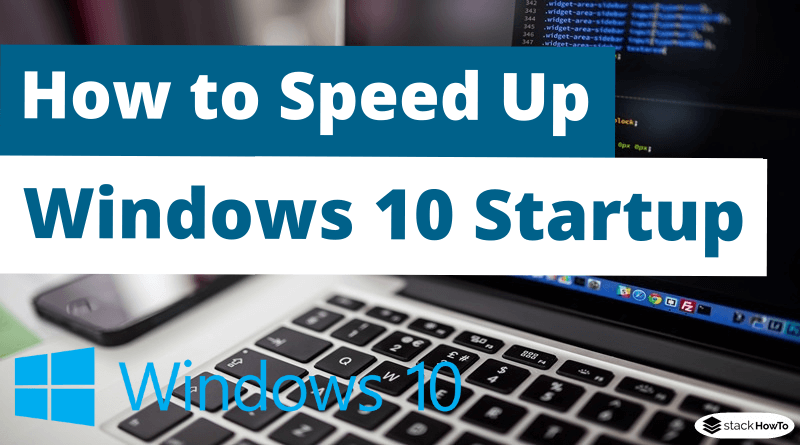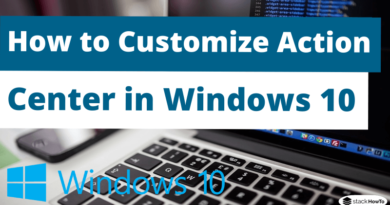How to Speed Up Windows 10 Startup
In this tutorial, we are going to see how to speed up Windows 10 startup.
Windows 10 is slow to start? It can take several seconds or even minutes before you have the hand? No need to panic! There are simple solutions to implement to speed up the Windows 10 Startup.
In this tutorial, We are going to see how to speed up and boost Windows 10 in a few clicks. To do this, I suggest you make three simple settings: enable fast startup, free all CPU cores at startup, and disable programs at the startup. Follow this tutorial.
Enable fast startup in Windows 10
To enable fast startup in Windows 10, you must be logged in as an administrator.
Step 1: Click on the Start menu and type Control Panel.
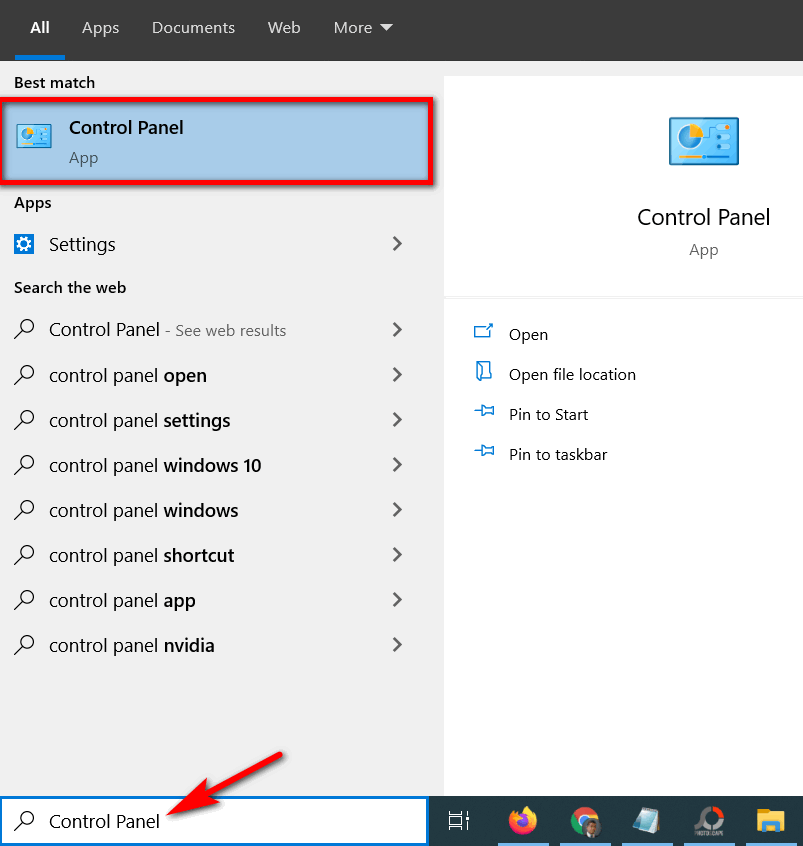
Step 2: Then click on Hardware and Sound.
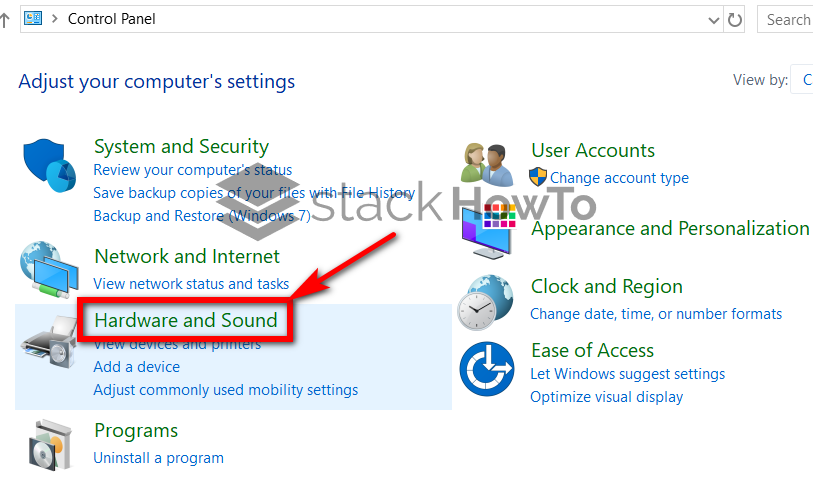
Step 3: Next, click on Power Options.
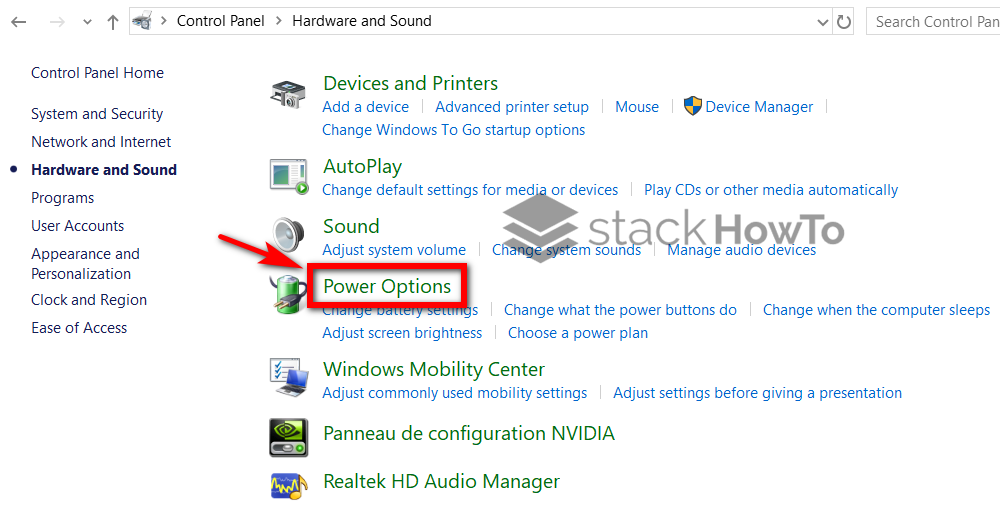
Step 4: In the window “Power Options” click on Choose what the power buttons do

Step 5: Clicking on Change settings that are currently unavailable will unlock some options.
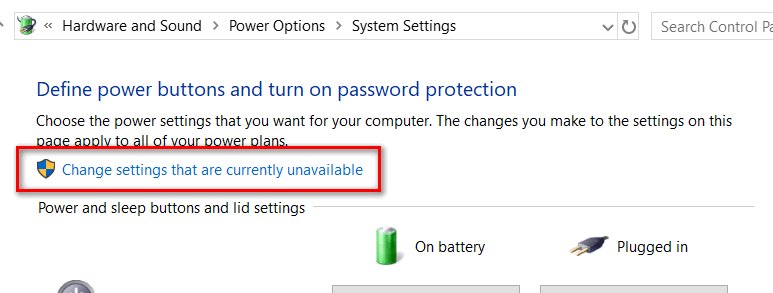
Step 6: Finally, under Shutdown settings, check the box Enable fast startup (recommended). Don’t forget to save by clicking on the Save Changes button.
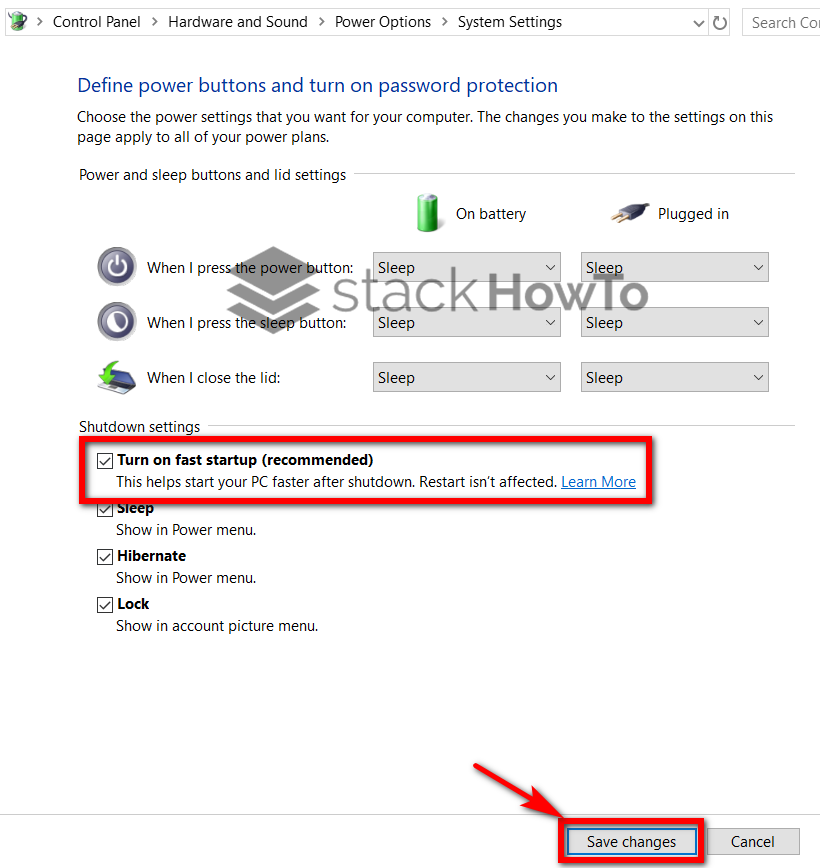
Free all processor cores at startup
You probably don’t know this, but by default, when your computer starts up and runs Windows 10, it only uses one of the available processor cores. However, if your computer is relatively new, it probably has a chip with two or even four cores. To enable all processor cores at startup, do the following:
Step 1: Press Win + R to open the Run dialog box. Once opened, type msconfig in the search field and press Enter.
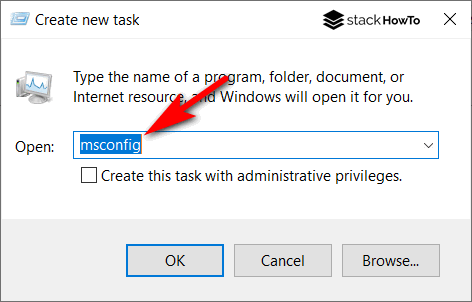
Step 2: A window called System Configuration appears. From there, select the Boot tab and choose Advanced Options.
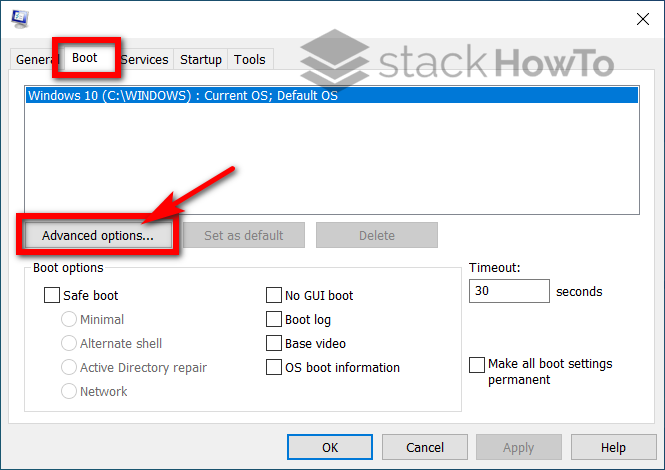
Step 3: Check the box Number of processors and set the maximum value suggested. And by the way, do the same for the Maximum memory. Then confirm with OK and restart your PC.
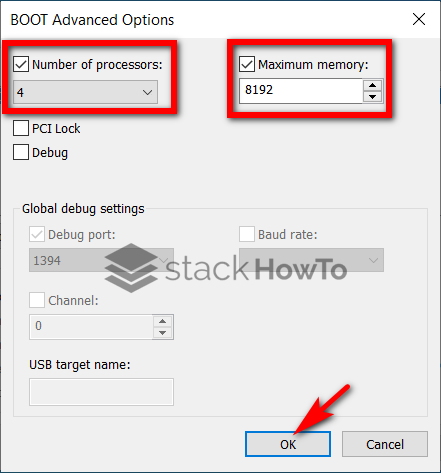
Disable applications that launch at Windows 10 startup
To disable applications at the Windows 10 Startup, everything happens in the Task Manager. This has changed a lot since Windows 7, however, it still opens in the same way: by pressing the key combination CTRL + ALT + Delete, or by right-clicking on the taskbar, then choosing Task Manager.
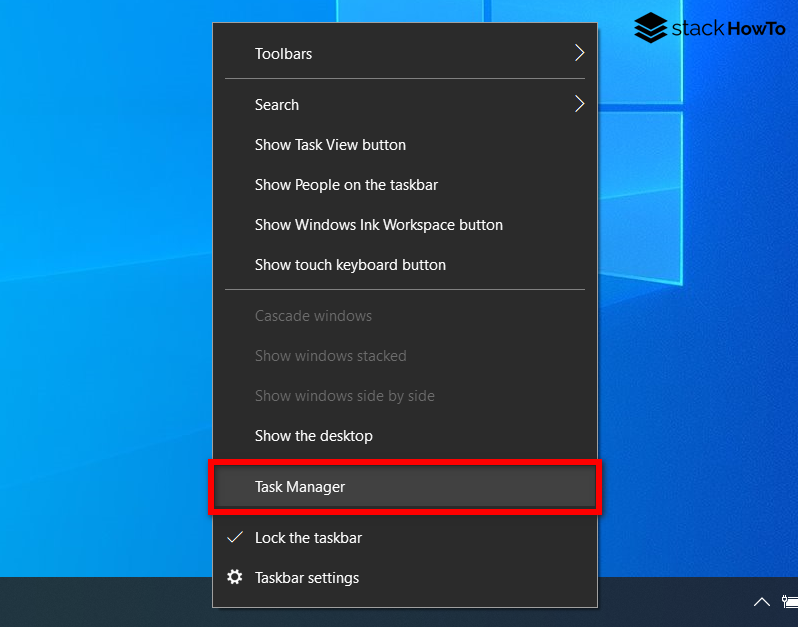
Its presentation has changed and its functionality has evolved. In basic mode, it simply displays the list of running programs. Prefer the detailed mode, which you can access by clicking on More details at the bottom left of the window.
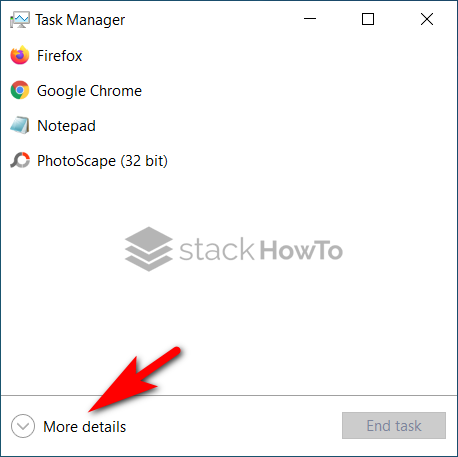
A series of tabs then appears, including a Startup tab that allows you to speed up the system startup by disabling unnecessary programs. Go and have a look at it, many programs launch modules at startup that you can perfectly well do without.
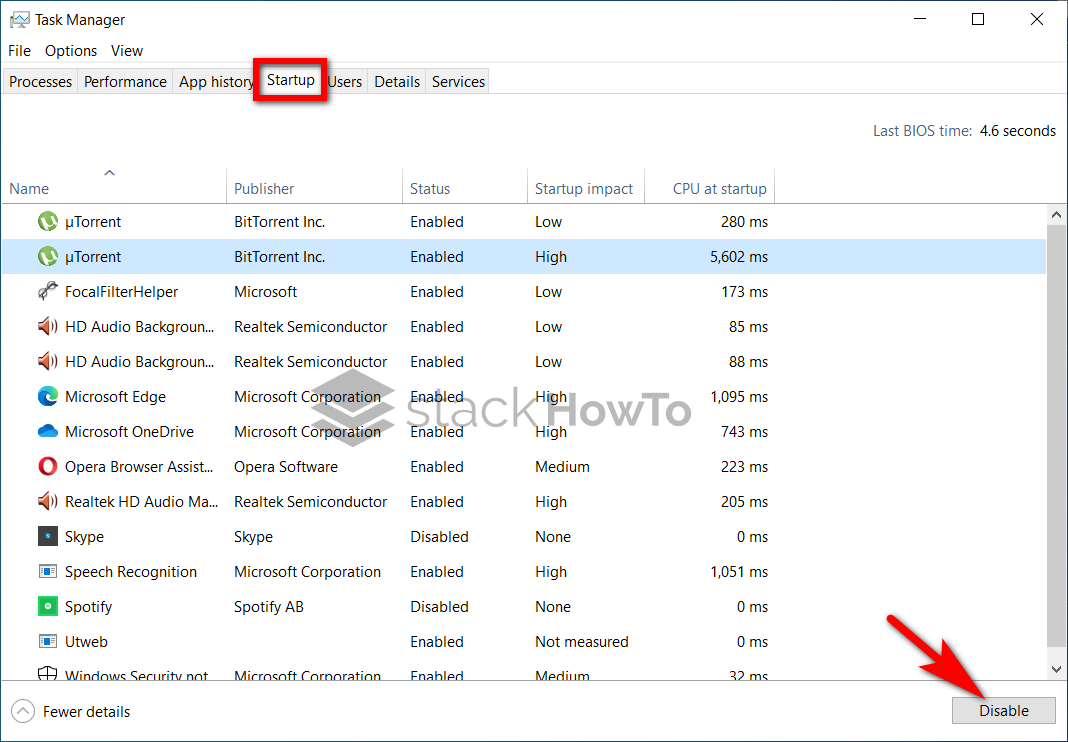
That’s it. Now, your Windows 10 computer should be much faster to boot.

